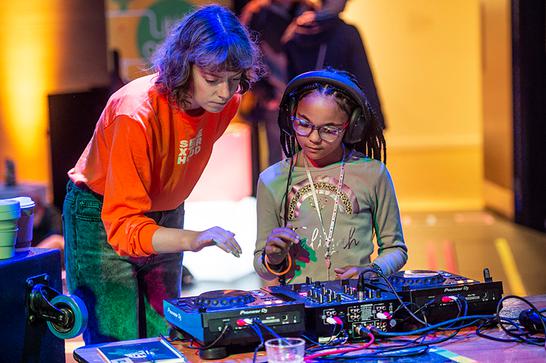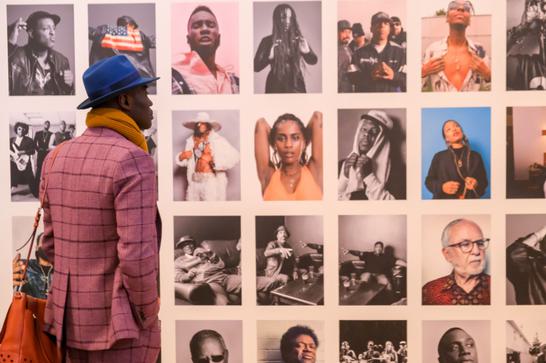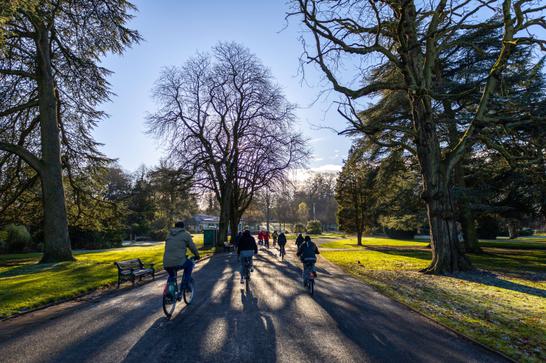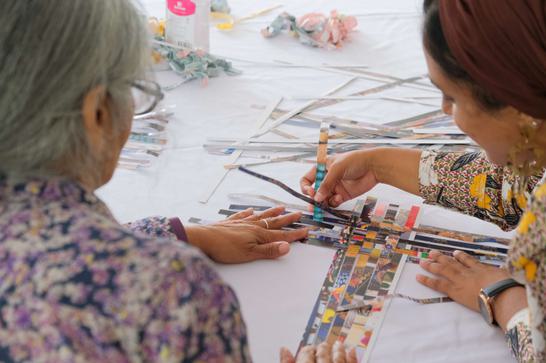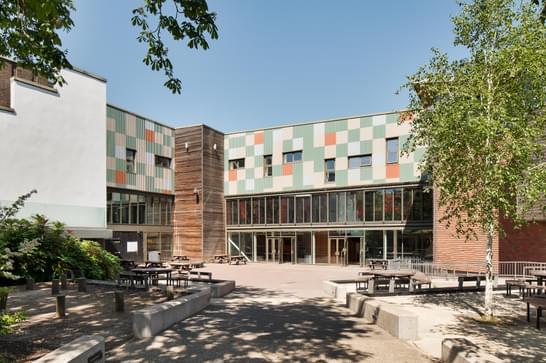About
About
For over 60 years, Midlands Arts Centre (MAC) has connected people with creativity. We are a contemporary arts centre and independent charity, with the mission to make art an important part of people's lives.
Set in the magnificent surroundings of Cannon Hill Park in Birmingham, MAC is the number one visited free attraction in the West Midlands. We welcome over 850,000 visitors annually.
We're proud to offer a dynamic programme of live theatre, cinema, visual arts exhibitions, practical courses, and special events.
At the heart of MAC is a focus on sustainability, accessibility, and inclusion. We work extensively to support international and local artists, and develop programmes for and with our local community.
We thank all of our supporters and funders particularly players of People’s Postcode Lottery through the Postcode Lottery Trust and Arts Council England. We are an Arts Council England National Portfolio Organisation (NPO) and gratefully receive public funding through DCMS in the support of our work.
